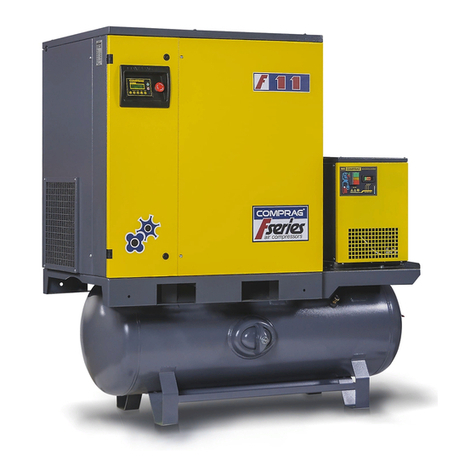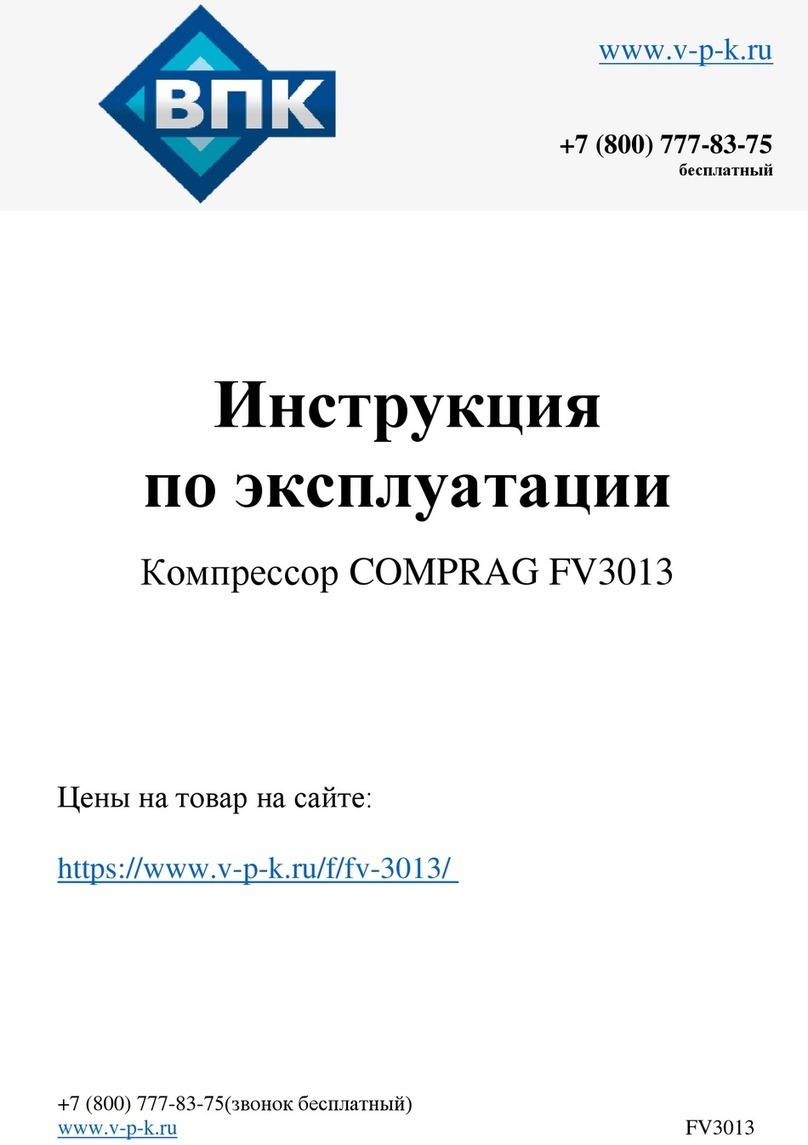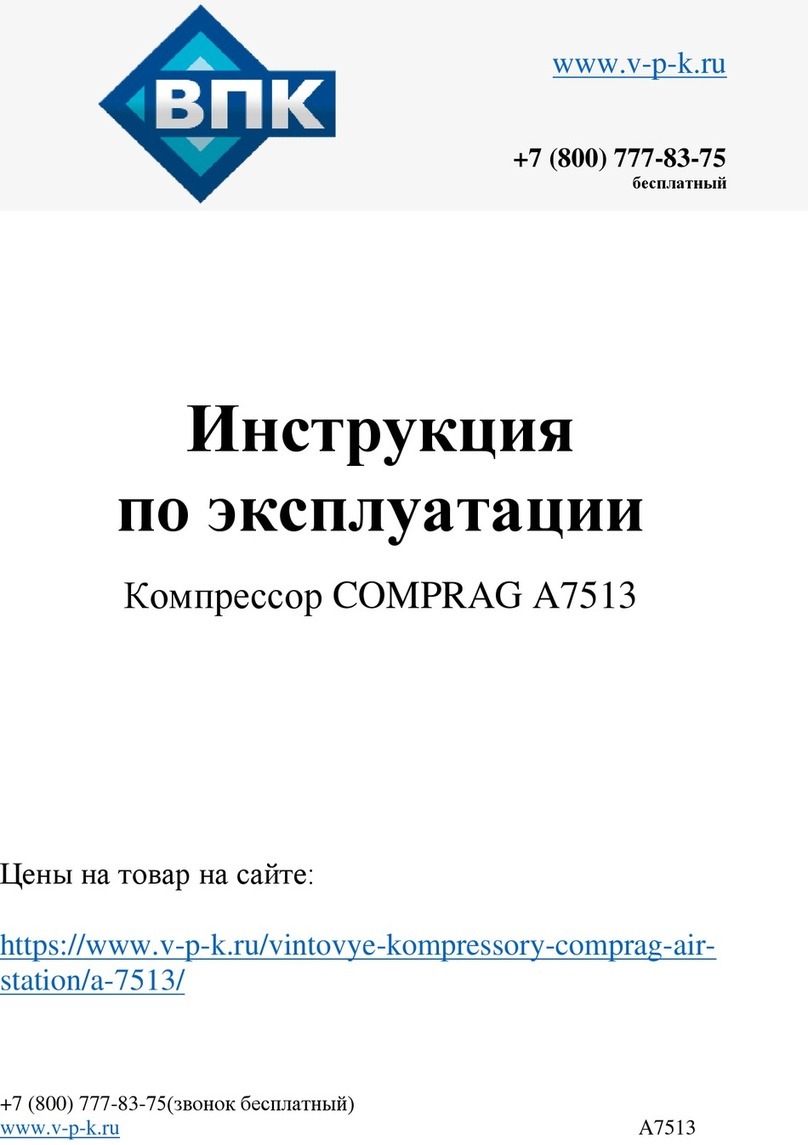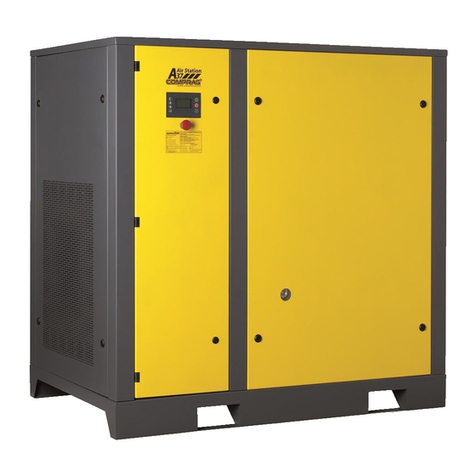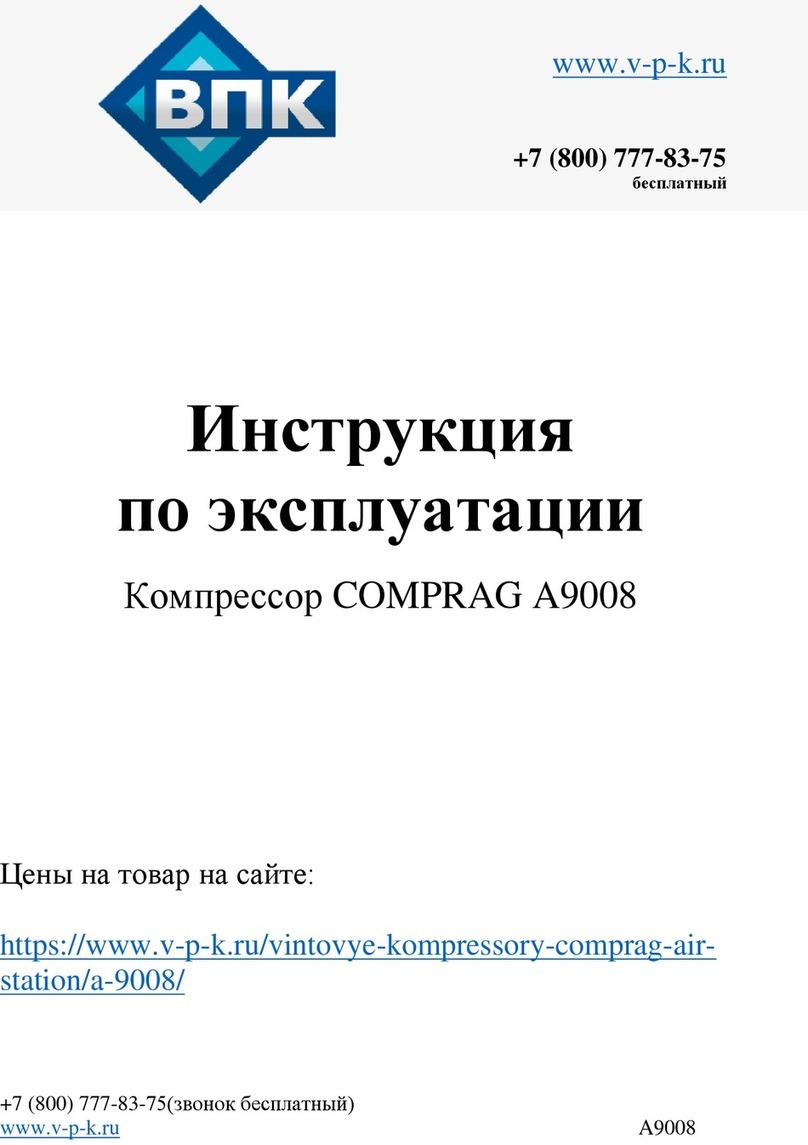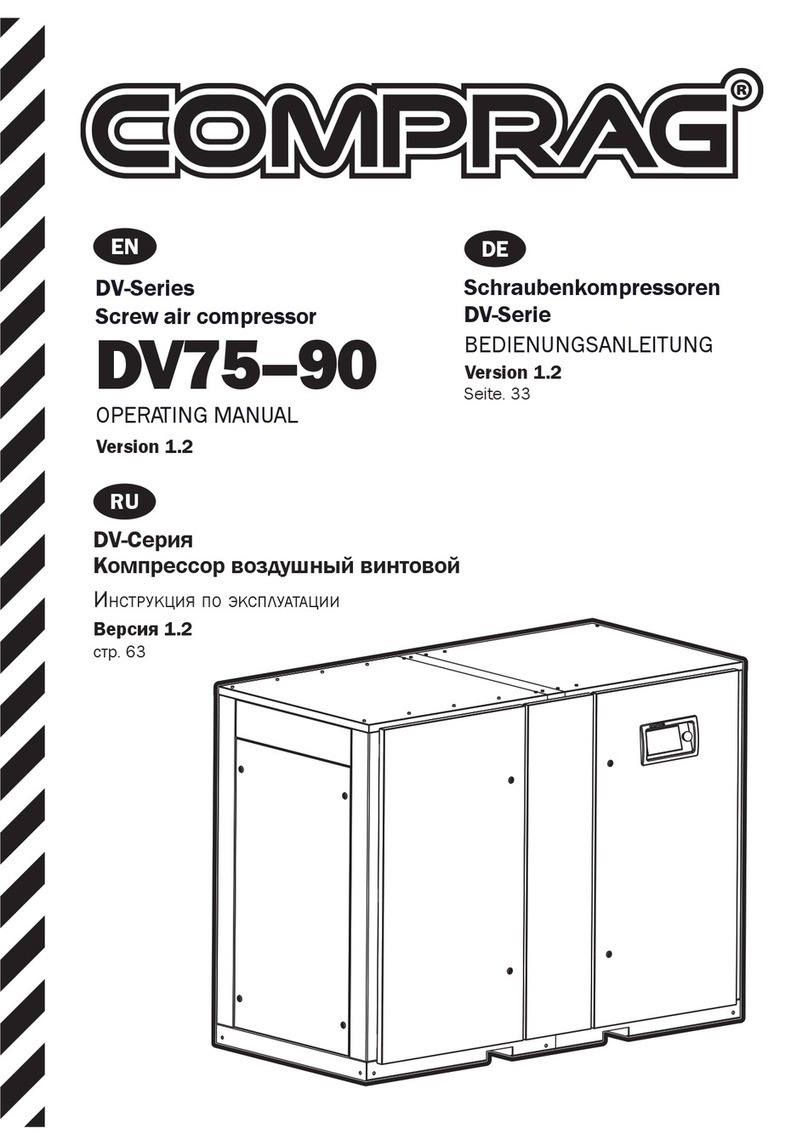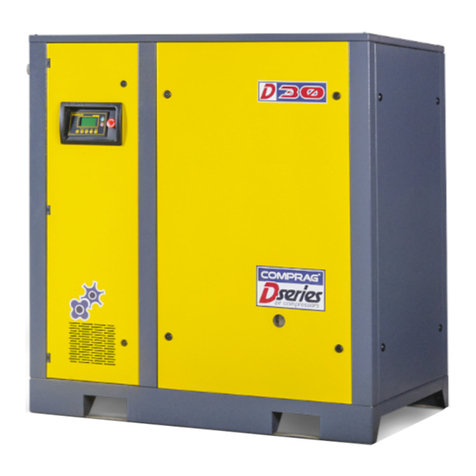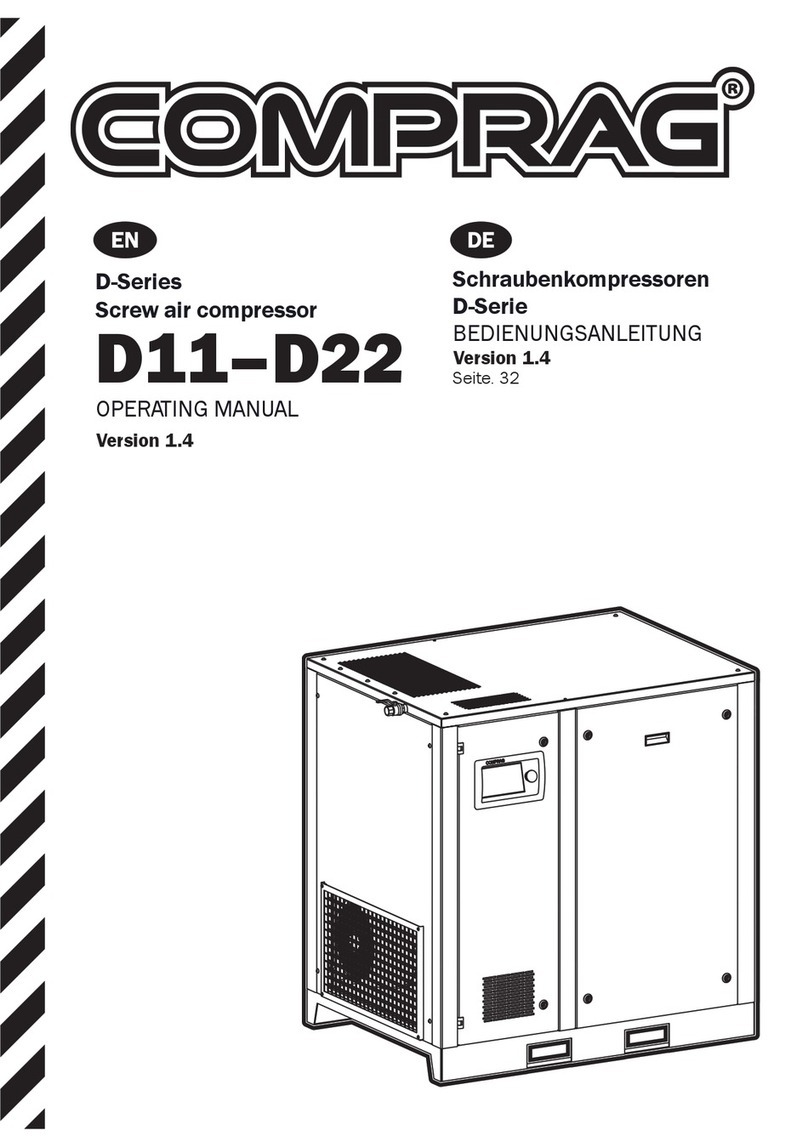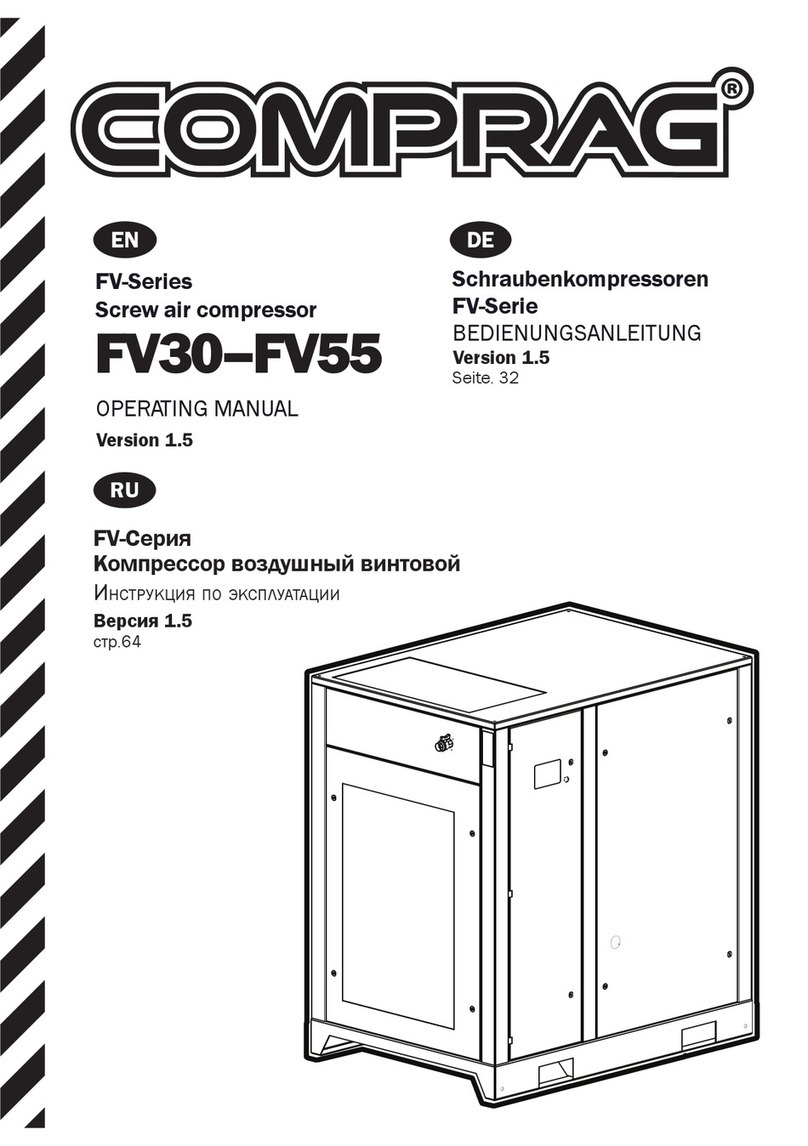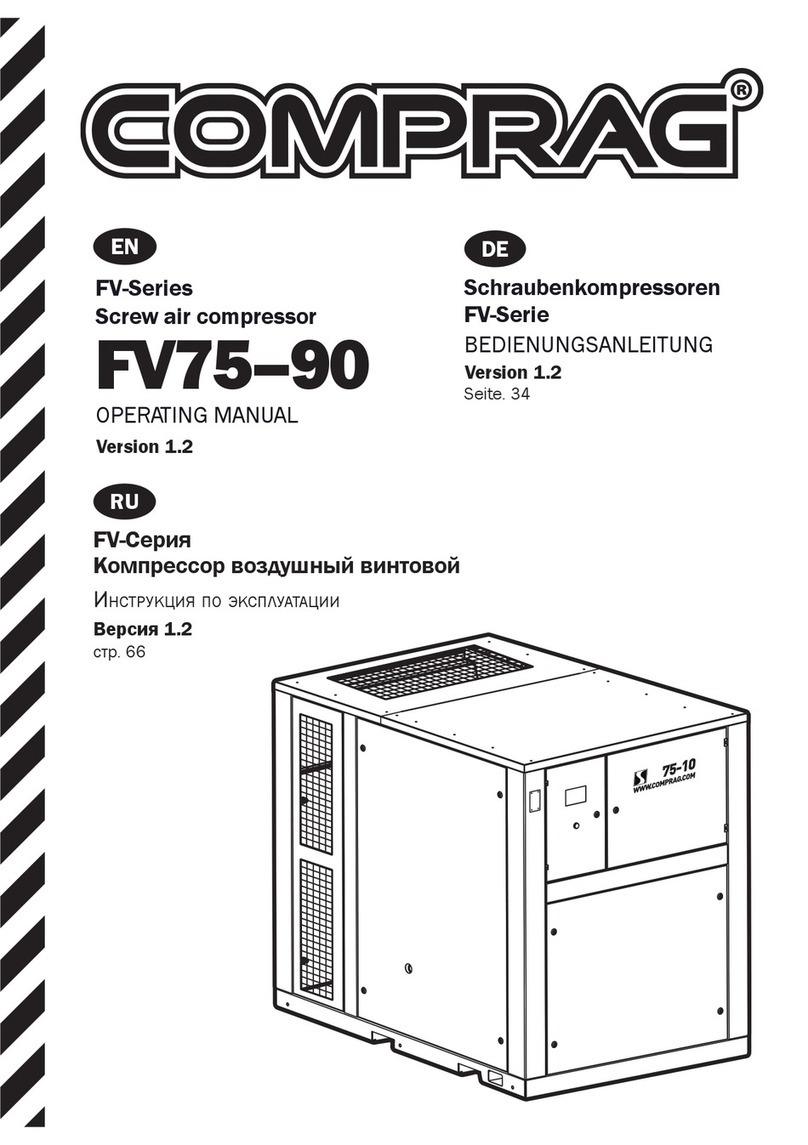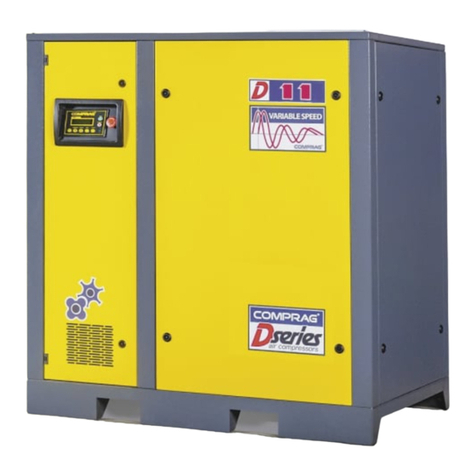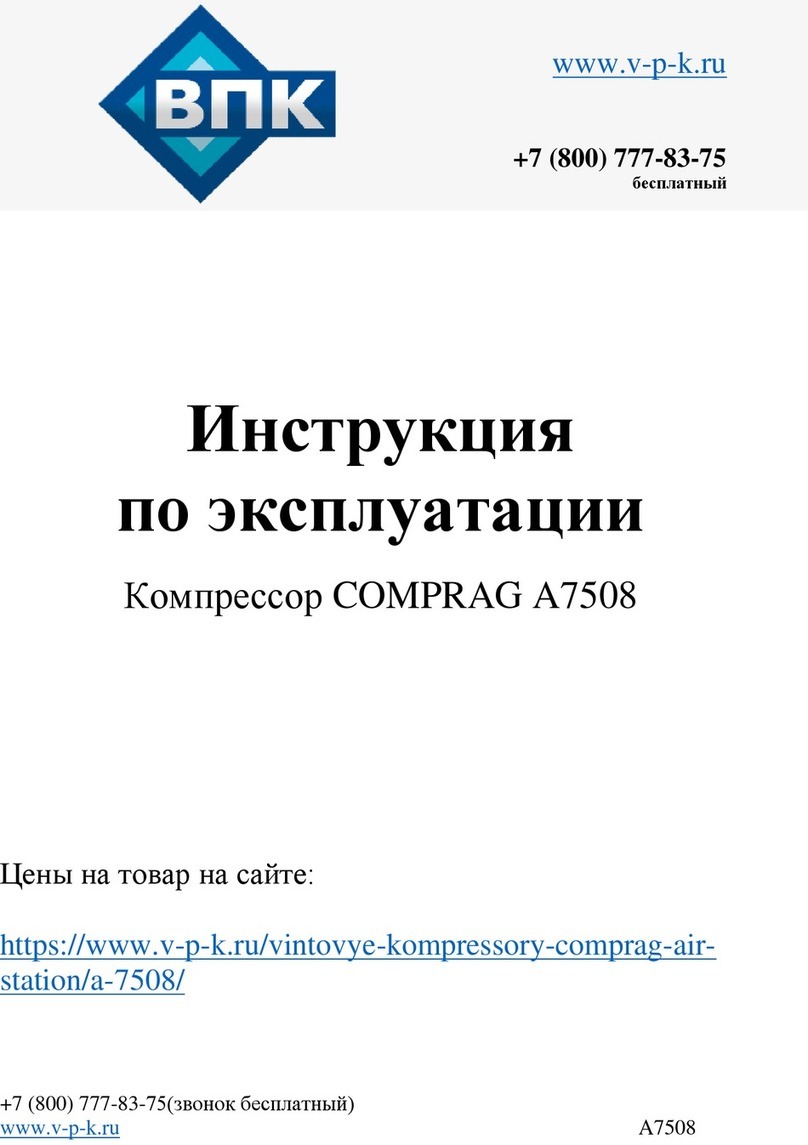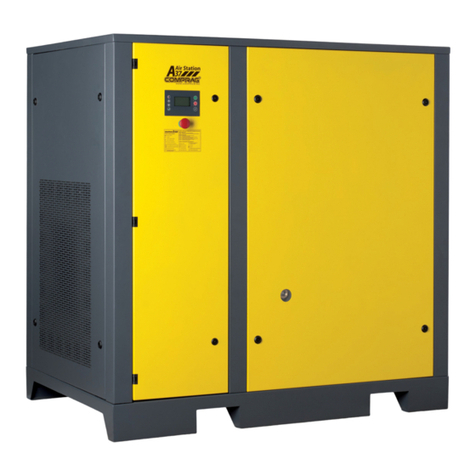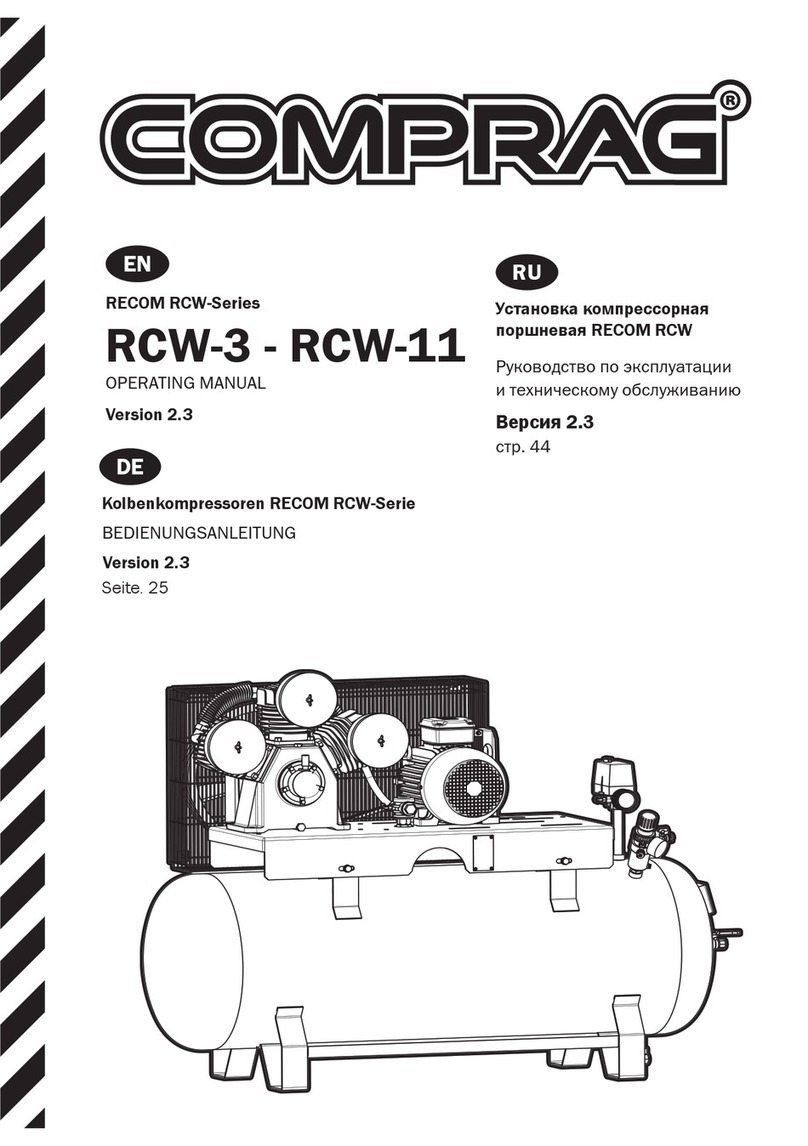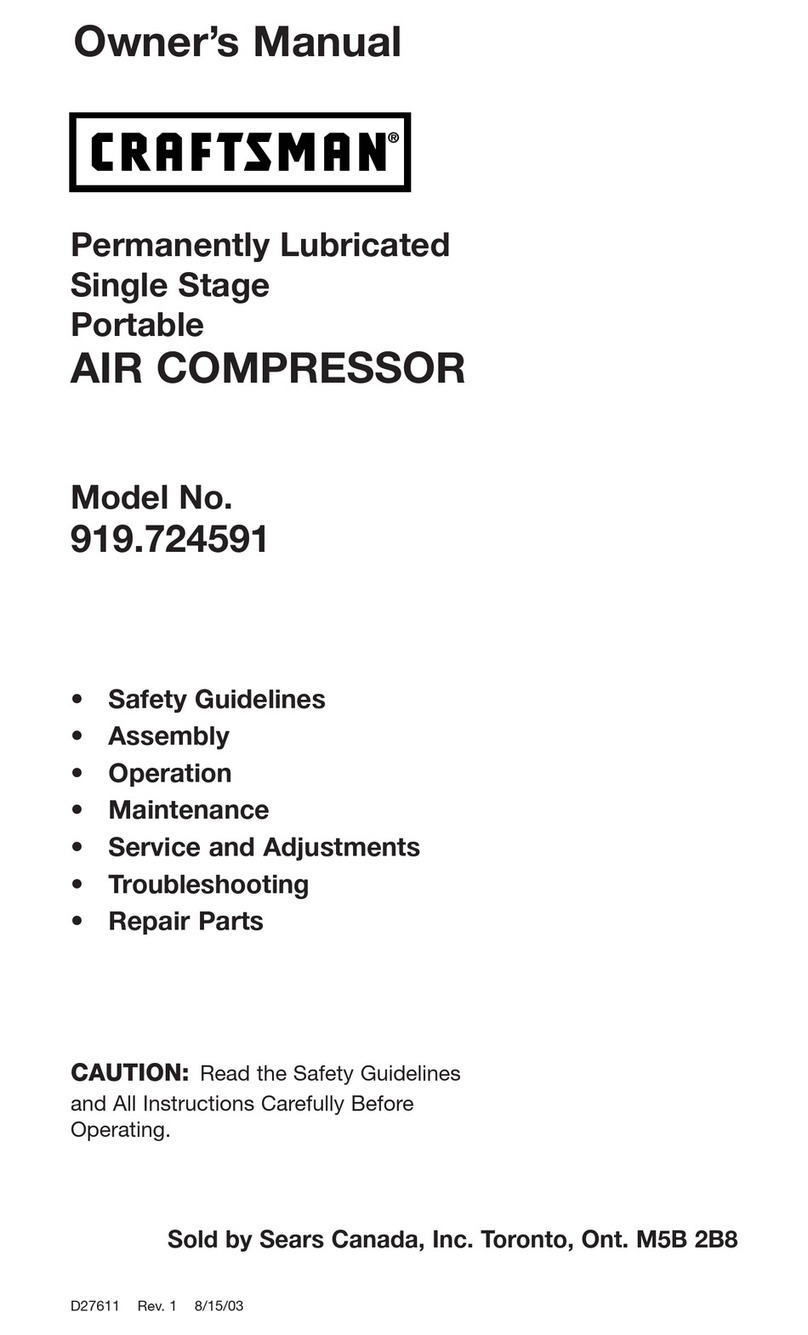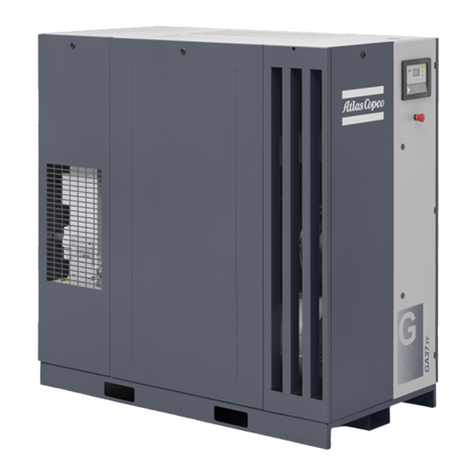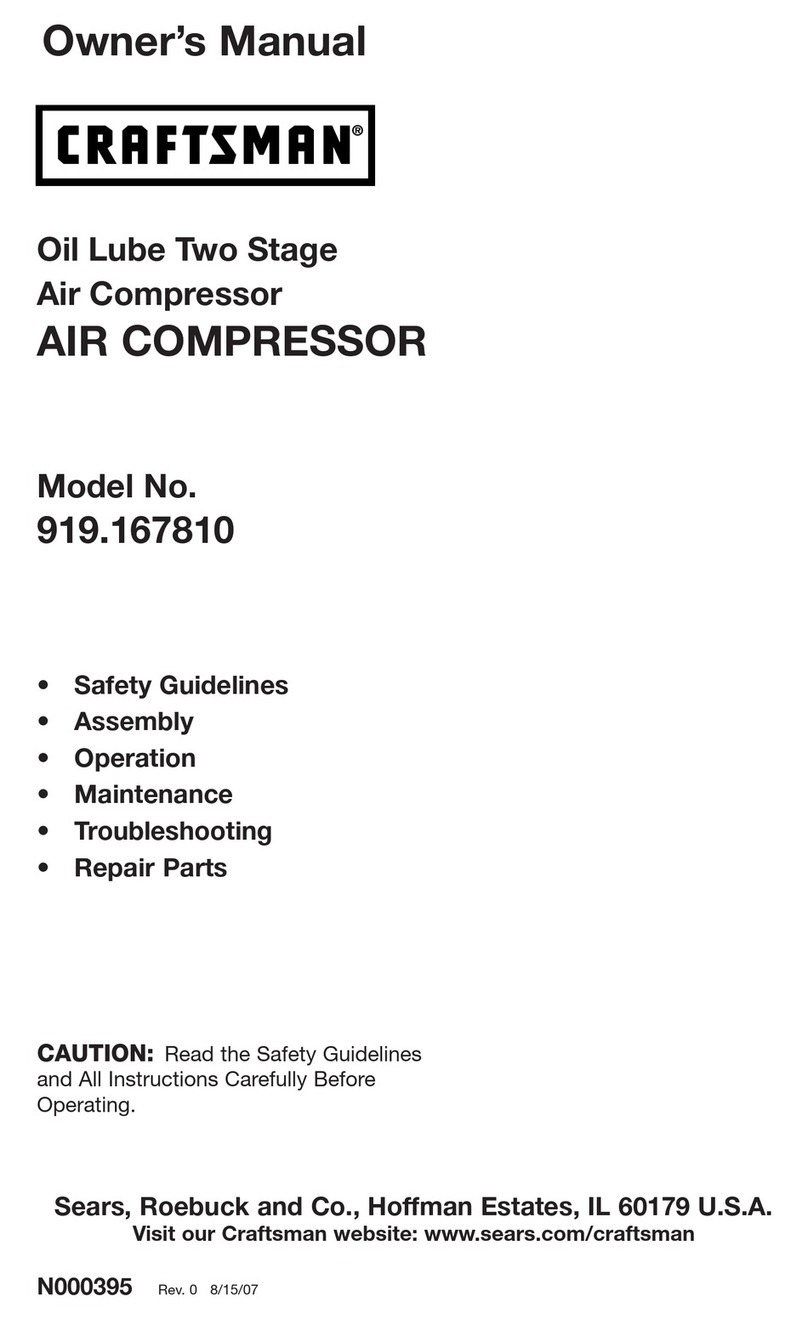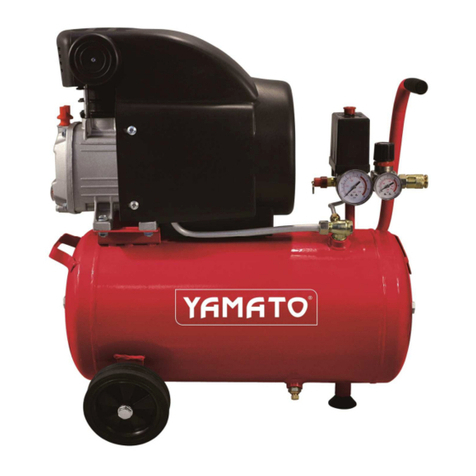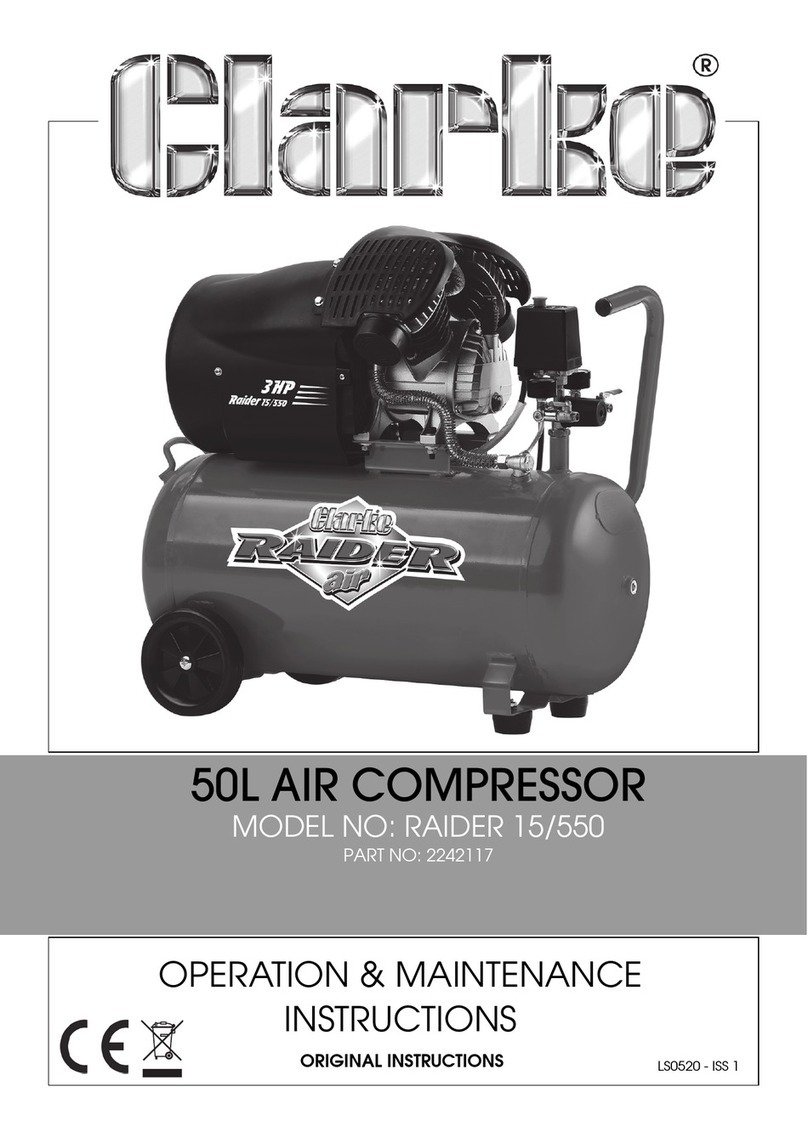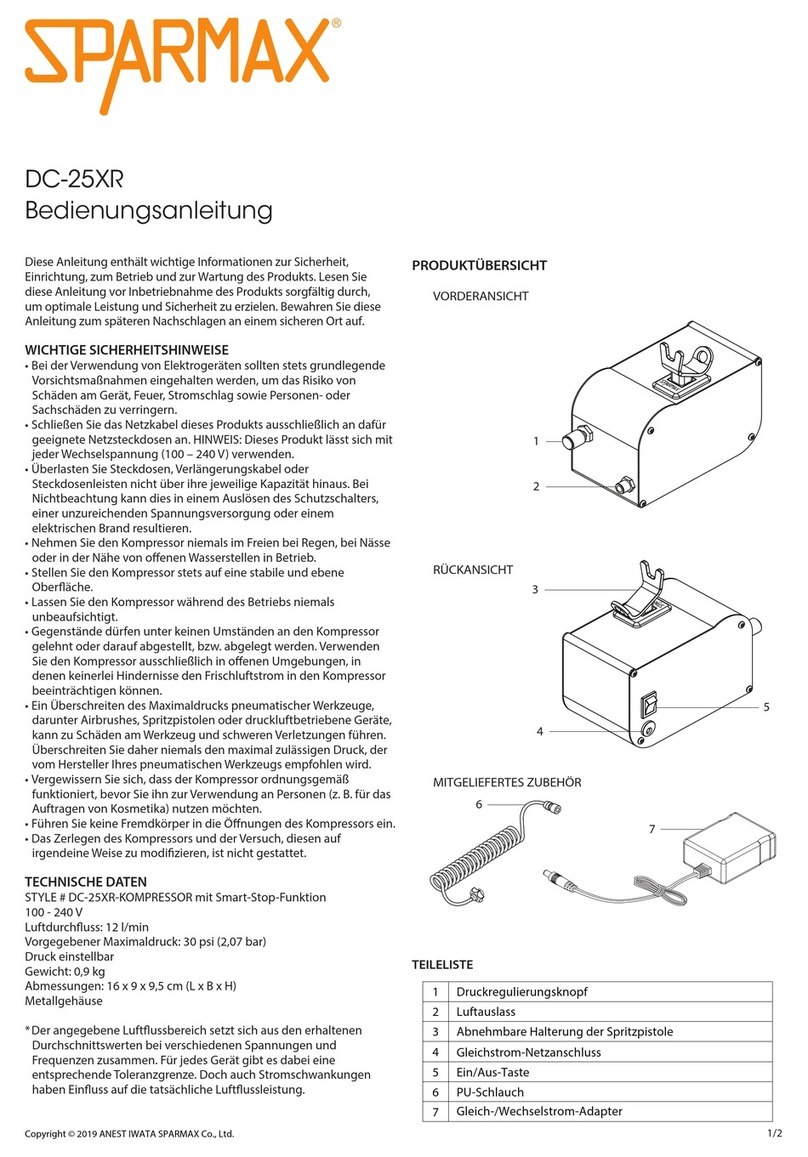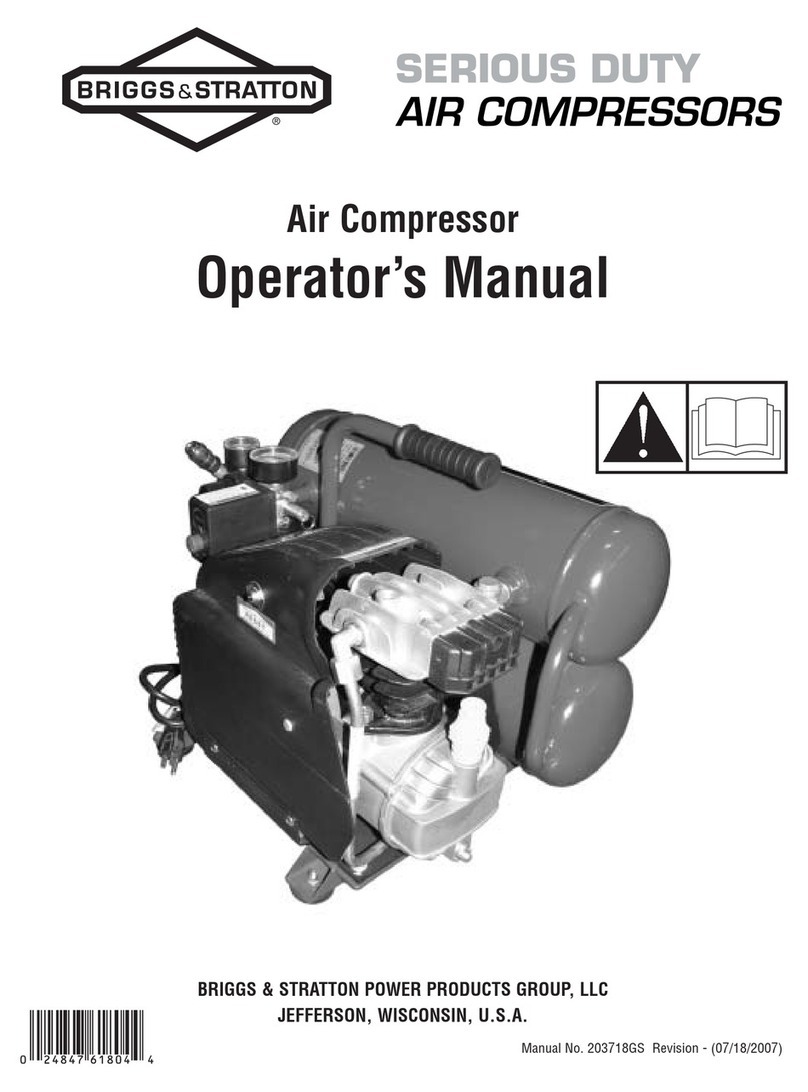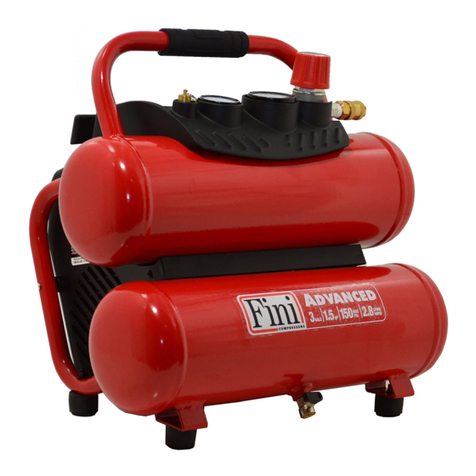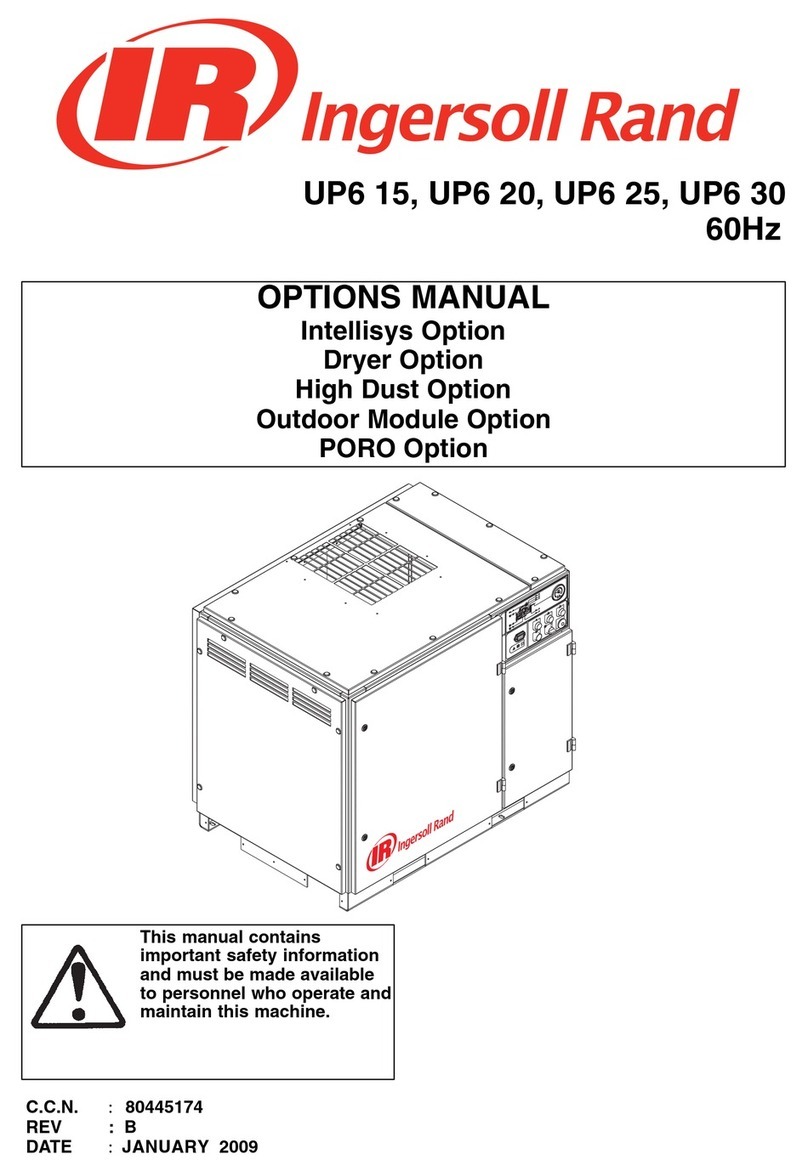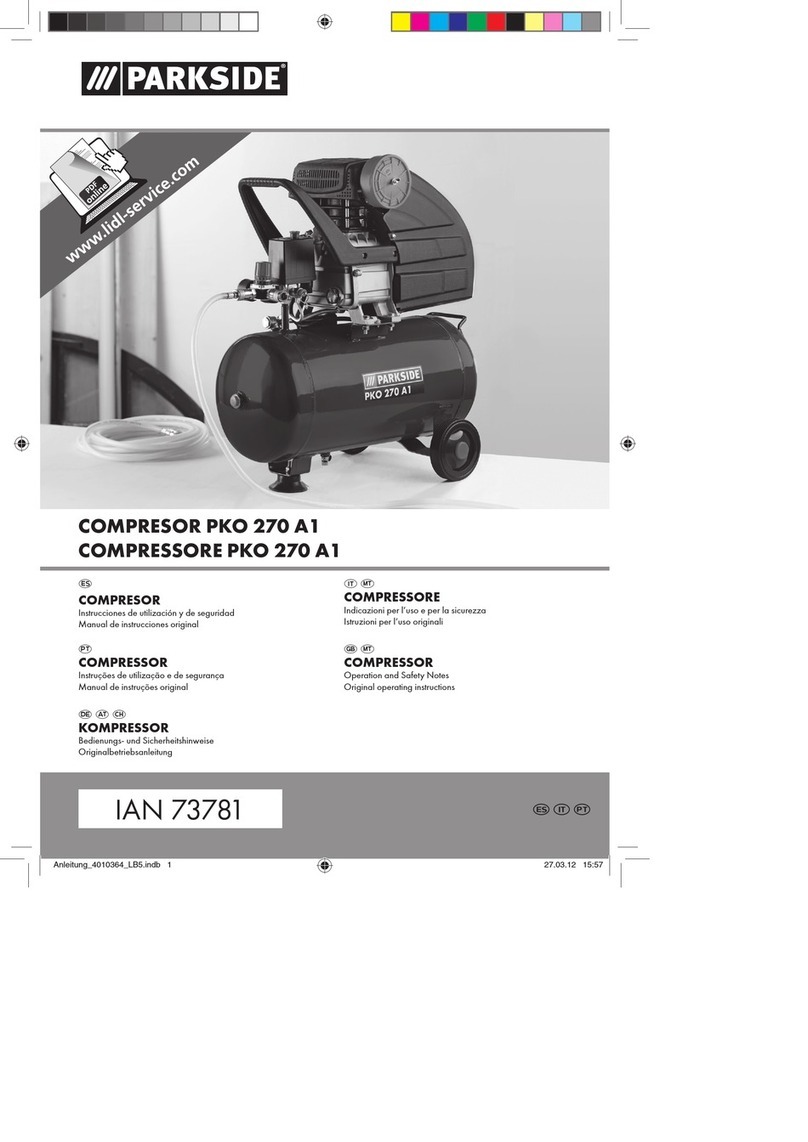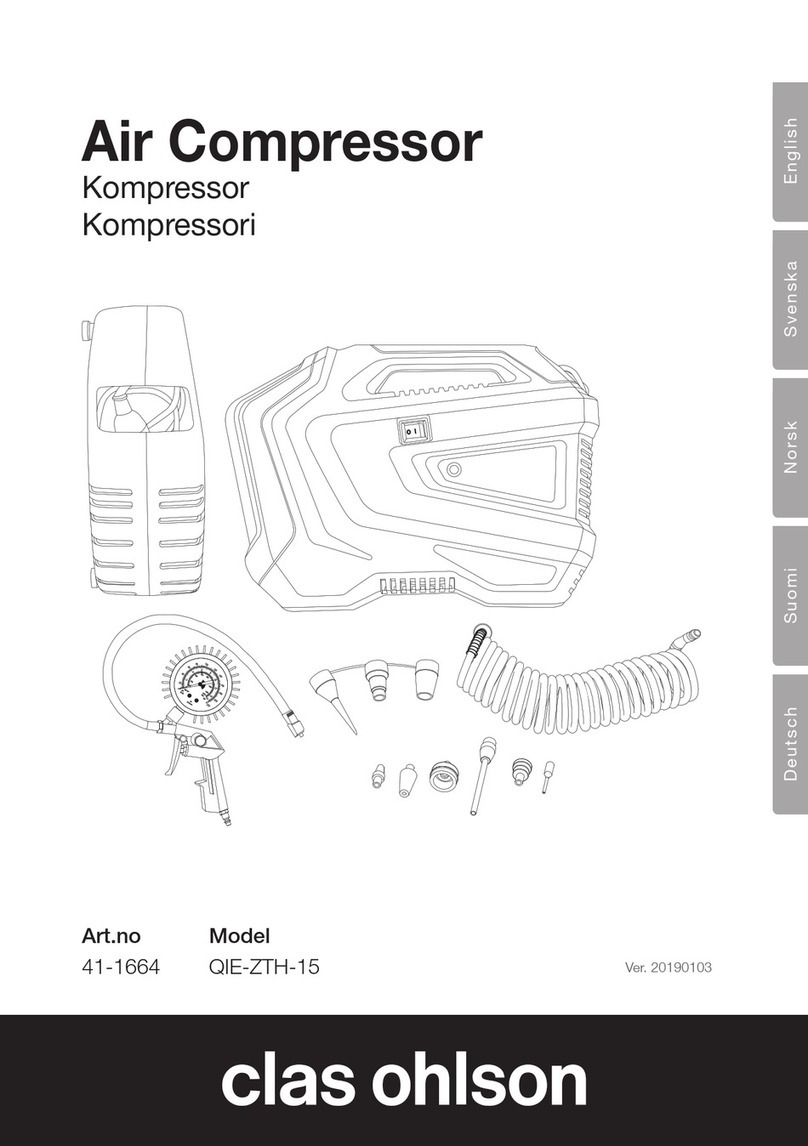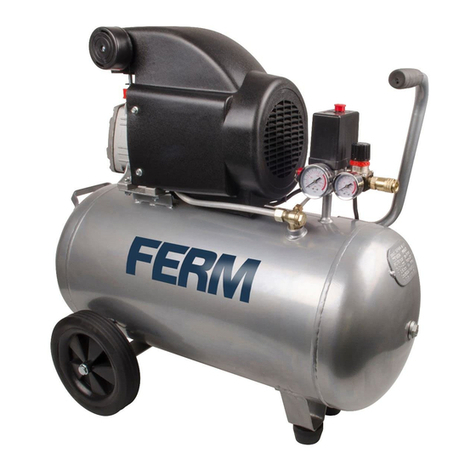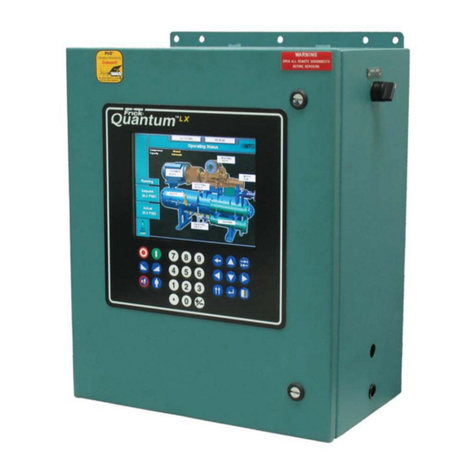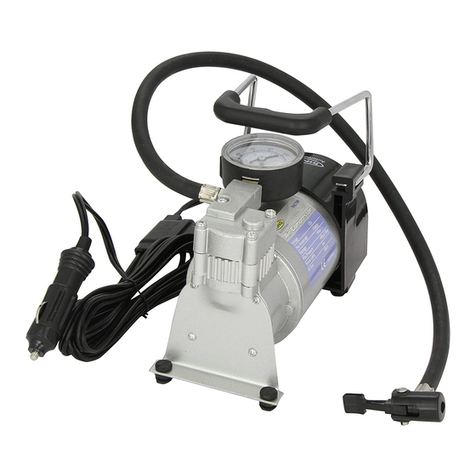+7 (800) 777-83-75(звонок бесплатный)
www.v-p-k.ru A9013
8.
The operator remotely controlling equipment must ensure that no installation or other work is
being performed with the equipment at that moment! An information plate must be affixed to
the equipment in relation to this: See 1.3.9.
9.
Maintain cleanliness in the facility where the equipment is installed. Close open inlets and out-
lets during installation with dry clothes or paper to prevent rubbish entering the equipment.
10.
Welding or other similar operations must not be carried out in the immediate vicinity of the
equipment and vessels under pressure.
11.
If there is any suspicion of overheating, combustion or other emergency, turn off the equip-
ment. Immediately disconnect it from the power supply. Do not open the doors of equipment
until the temperature falls to room temperature, in order to prevent burns or injury.
12.
Naked flames must not be used as a light source for inspecting and checking equipment.
13.
Never use caustic solvents, which may damage materials of the pneumatic system
14.
After performing installation or other work, ensure that no instruments, rags or spare parts
hFVe been left inside the equipment.
15.
Pay particular attention to the safety-relief valves. Thoroughly inspect them and remove
any dust and dirt. They must not be allowed to suffer any loss in function under any circum-
stances. Remember that your safety depends on their functionality!
16.
Before beginning work in normal mode after maintenance or repair work, check that the
working pressure, temperature and other characteristics are correctly set. Ensure that all
control devices are installed and functioning properly.
17.
When replacing filters, separators etc., wipe away dust, dirt and oil residue from the area
where they are installed with a dry cloth.
18.
Protect the motor, air filter, electrical components and control components etc. from com-
ing into contact with condensate. For instance, blow down with dry air.
19.
Use protective gloves during installation and repair work in order to FVoid burns and injury
(for instance, during oil change).


